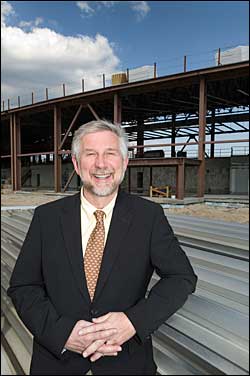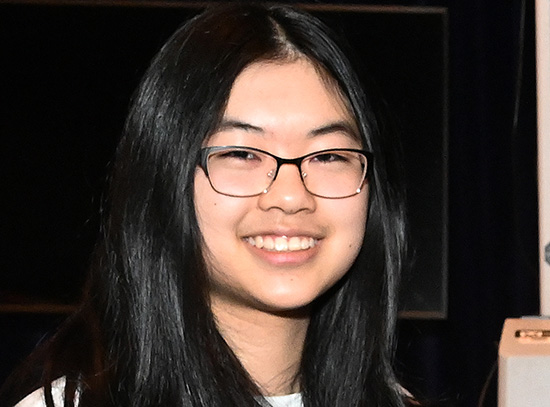A Note from Steve Dierker
October 11, 2011

Steve Dierker
We had good news earlier this month on the science front.
Dario Arena is part of a consortium that won a $2.9-million grant from DOE’s Advanced Research Projects Agency-Energy, known as ARPA-E. Led by Virginia Commonwealth University, the consortium will be working to develop a new class of permanent magnets that do not contain any rare-earth elements.
Rare-earth elements, all of which are metals, are usually defined as the 15 lanthanides (familiar ones are dysprosium, europium, gadolinium, lanthanum, and neodymium), plus scandium and yttrium.
Last year, in December 2010, the Department of Energy released a strategy on critical materials. The report examines the role of rare-earth metals and other materials used in these clean-energy technologies: wind turbines, electric vehicles, solar cells and energy-efficient lighting.
At present, the U.S. has a limited supply of rare-earth metals. According to DOE, China holds about 36 percent of the world’s rare-earth reserves, compared to 13 percent in this country. But China produces about 95 percent of the supply of rare-earth metals. Because of rapidly growing demands, the world may soon face a shortage of the rare earths.
To face this problem, DOE has formulated a strategy that rests on three pillars:
- Increase globally diverse supplies
- Identify appropriate substitutes
- Improve our capacity to recycle and reuse rare earths
The newly funded ARPA-E project involving Dario Arena, a physicist in the Photon Sciences Directorate, is aimed at finding a rare-earth substitute. The team plans to fabricate a carbide-based composite magnet that will match the best commercial magnets in performance, while costing significantly less. Their ultimate goal is to demonstrate this new magnet in a prototype electric motor. I invite you to read more about the project in this issue of eNews.
And here is more good news. Photon Sciences biophysicist Lisa Miller and colleagues co-authored the top-cited paper in the Journal of Structural Biology over the past five years. See the top-ten cited articles. Congratulations to Lisa and her co-authors on this paper — Qi Wang, Tejas Telivala, Randy Smith, Tony Lanzirotti and Judith Miklossy.
Both Lisa and Dario now do their research at NSLS, of course, but their work will be immensely advanced at NSLS-II, which will be 10,000 times brighter than NSLS.
2011-2654 | INT/EXT | Newsroom









